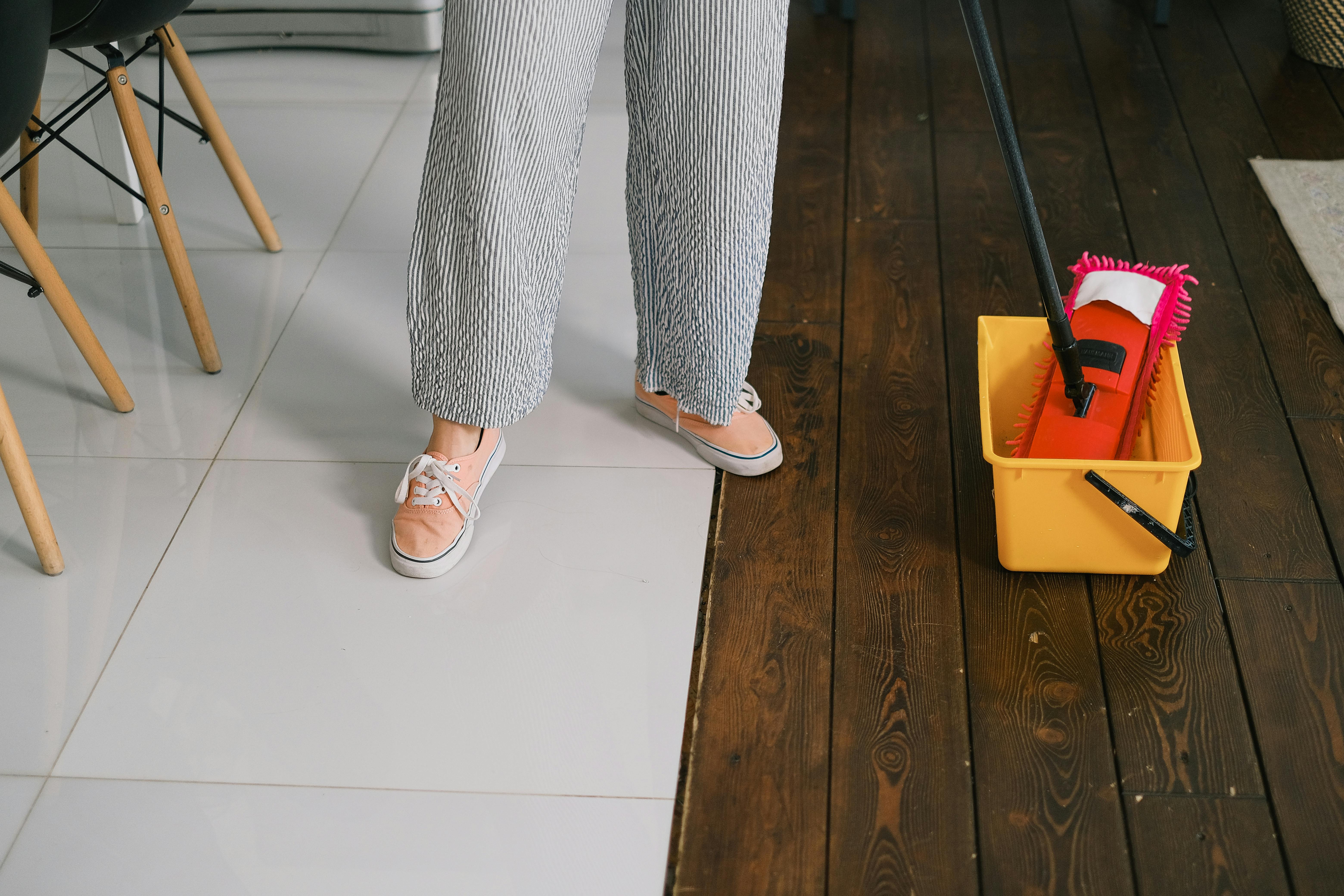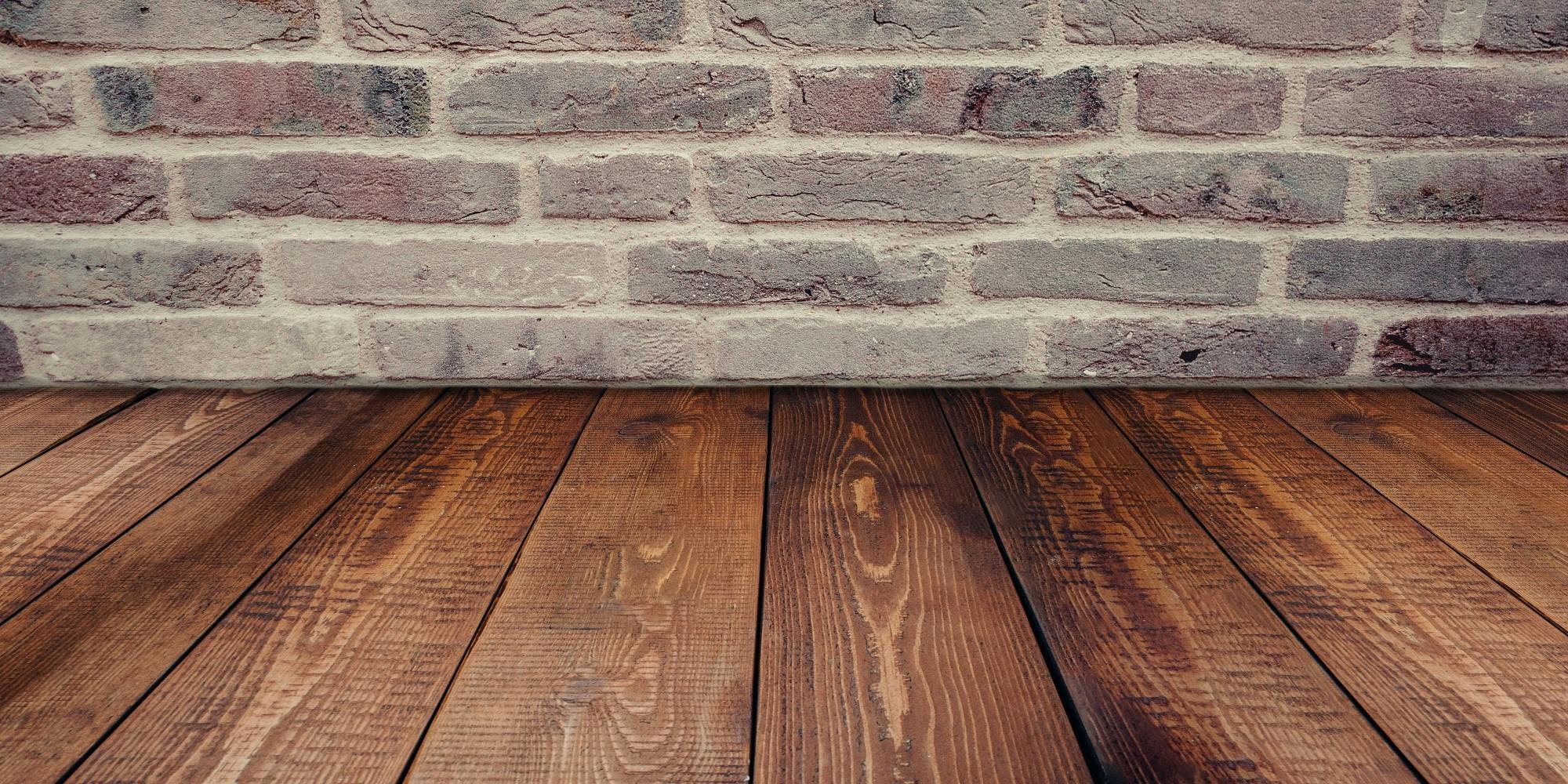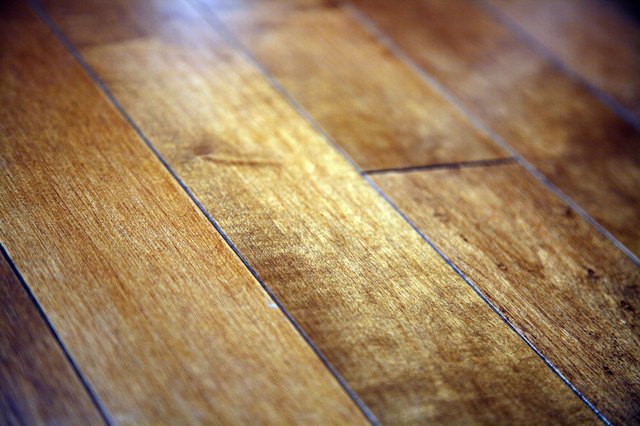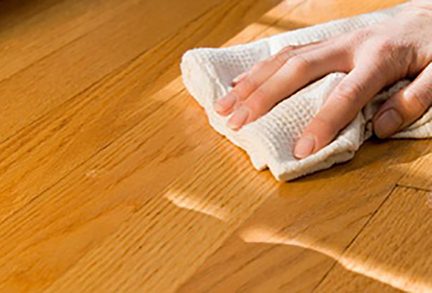Solving the Sticky Wood Floor Problem: Tips and Tricks
Wood floors can add an elegant and warm touch to any home, but they can also be a source of frustration if they become sticky after cleaning. This issue is quite common and can create an unpleasant feeling when walking on the floor and attract dirt, dust, and other particles. Fortunately, there are ways to fix the problem and prevent it from happening again. Here’s what you need to know.
Use the Right Cleaning Products
The primary cause of sticky wood floors is the residue left behind by cleaning products. All-purpose cleaners contain compounds such as waxes and silicones that can leave a film on the surface of the wood if not rinsed off properly. To avoid this problem, make sure you use cleaning products specifically designed for wood floors. These cleaners are gentle, won’t damage the wood, and won’t leave any residue that can cause stickiness.
Thoroughly Rinse Your Floor
After using a cleaning product on your wood floor, it’s essential to rinse it off thoroughly to ensure that no residue is left behind. If you’re using a mop to clean your floor, make sure you wring it out well before use. When you’re done cleaning, rinse the mop thoroughly and use it to go over the floor with clean water. If you’re using a cleaning solution that requires dilution, follow the manufacturer’s instructions carefully and don’t use too much product.
Remove Loose Dirt and Debris
If your wood floor has become sticky, the first step is to remove any loose dirt and debris. This can be done using a soft cloth or a vacuum cleaner with a soft-brush attachment. Be gentle when cleaning the floor to avoid scratching the wood.
Scrub the Floor with an Ammonia-Based Cleaner
If your wood floor is still sticky after removing loose dirt and debris, it’s time to take a more aggressive approach. An effective way to do this is using an ammonia-based cleaner such as vinegar. Mix equal parts warm water and vinegar in a bucket and use a soft mop to apply the solution to the floor. Scrub the floor with the mop to remove any remaining residue, and if necessary, use a small brush or scrubber to get into any cracks or crevices. Rinse the mop and change the water frequently to avoid spreading the residue around the floor.
Dry the Floor Thoroughly
Once you’ve finished scrubbing and rinsing the floor, dry it thoroughly with a clean cloth or mop. If you leave the floor wet, it can attract dirt and dust, and the moisture can cause the wood to warp or buckle. Make sure you’re using a dry cloth or mop, and avoid walking on the floor until it’s completely dry.
Prevention is the Best Cure
The best way to avoid having sticky wood floors is to prevent the problem from occurring in the first place. This can be done by using the right cleaning products and regularly cleaning your floor. Avoid using too much cleaning product, and ensure you rinse the floor thoroughly after cleaning. It’s also a good idea to use doormats at the entrance of your home to reduce the amount of dirt and debris that’s tracked in.
In conclusion, sticky wood floors can be a real nuisance but can be fixed relatively easily. The key is to use the right cleaning products, rinse the floor thoroughly, and dry it completely. With some effort, your wood floor will soon be free from stickiness, and you can enjoy the warmth and elegance it brings to your home.
Wood Floors Sticky After Cleaning

Why Are Floors Sticky After Mopping?

How to Clean Sticky Hardwood Floors: 9 Steps (with Pictures)

Hazy Hardwood Floors? Hereu0027s What To Do Daveu0027s Floor Sanding

Why Are Floors Sticky After Mopping?

How to Remove Floor Cleaner Residue BigRentz

How to Clean Sticky Hardwood Floors: 9 Steps (with Pictures)

Why Does My Wood Floor Get Tacky? eHow

Problem: Sticky Floor – How To Fix It? – ESB Flooring

Why Are My Wood Floors Sticky After Mopping? u2013 Woca Woodcare

Why Are My Wood Floors Sticky After Mopping? u2013 Woca Woodcare

Related Posts: